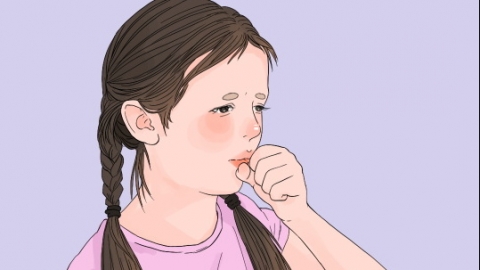What is Pertussis?
Whooping cough, generally speaking, is an acute respiratory infectious disease caused by Bordetella pertussis. Its clinical characteristics include paroxysmal, spasmodic coughing, accompanied at the end of coughing episodes by a crowing inspiratory sound. The disease course is relatively long, often lasting 2 to 3 months. Detailed analysis is as follows:

Whooping cough is mainly transmitted via droplets, with infected individuals being the sole source of infection. In the early stage of infection, symptoms are similar to those of a common cold, such as coughing, runny nose, and low-grade fever, which are often overlooked. As the disease progresses, coughing gradually worsens, becoming typical paroxysmal and spasmodic. Severe cases can lead to difficulty breathing, cyanosis, and even complications such as seizures and encephalopathy, posing significant health risks to children.
Routine prevention and vaccination are essential. According to the national immunization schedule, timely administration of the diphtheria, tetanus, and pertussis (DTP) vaccine for children helps prevent the occurrence of whooping cough. Additionally, attention should be paid to personal and environmental hygiene, frequent handwashing, avoiding crowded and poorly ventilated places, and wearing masks when necessary.









